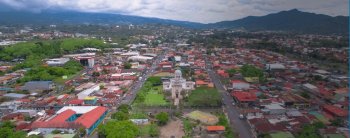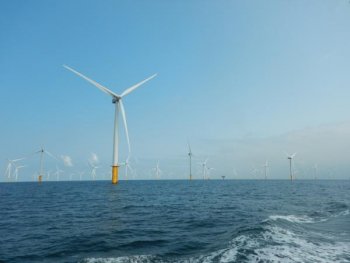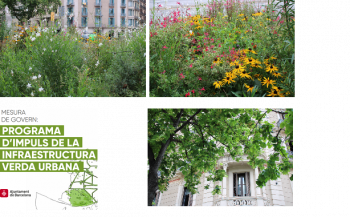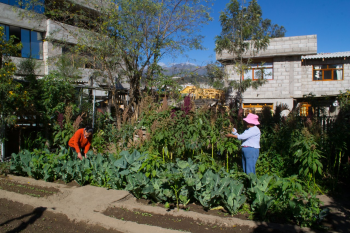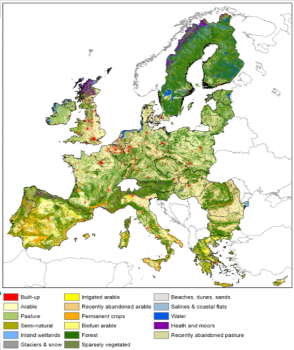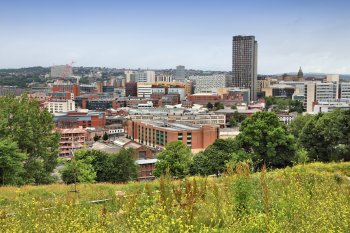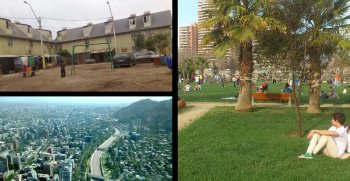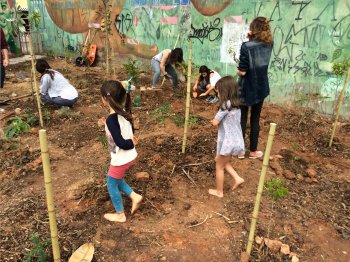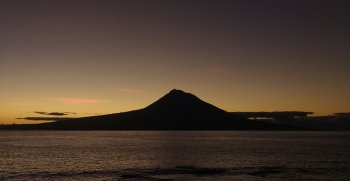Sweet City: Facing Climate Change and Biodiversity Loss in Urban Costa Rica
Sweet City aims to create the conditions required to improve the quality of life of all the inhabitants of the territory, humans and other species alike, e.g. pollinators, by providing better conditions for them to thrive and, as a result, obtaining a more biodiverse, comfortable, clean, colorful and better organised urban environment. The aim is to restore the balance between urban and natural areas, preserve and increase biodiversity in the city and manage climate change.

